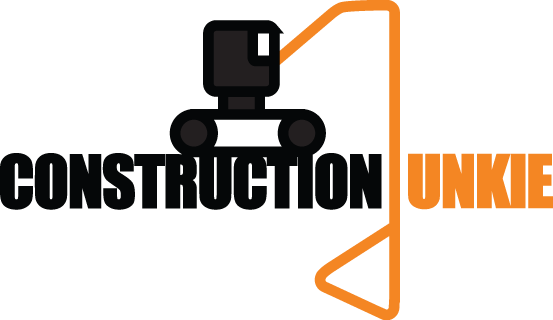The following is a guest post written by Reggie Archibala of Riskcast Solutions.
With every brick, girder and slab your workers put into place, your firm is unwittingly generating data. Forward-thinking construction firms have realized that harnessing that data can yield an incredibly powerful tool for increasing productivity, raising profits, improving the accuracy of your bids, spotting trouble before it occurs and more.
But gathering and using data to improve your business won’t happen on its own. You need to develop a good data strategy, one that ensures that the information is both available and usable. For the uninitiated, this process can seem overwhelming--“Where do I start?”--but in fact, it doesn’t have to be. By laying the groundwork properly, putting some key pieces in place and following a few simple steps you’ll be able to reap the benefits in a very measurable way.
Step 1: Select Categories to Focus On
As an engineer, I naturally gravitate to the question first. When laying out your data strategy, you’ll need to do the same. You need clear focus on what you want to analyze. Do you want to tackle RFI and Submittal response time? Equipment maintenance and usage? Purchasing patterns and vendor contracts? The productivity of your workforce? All of the above? Choose what is most important to your business today, then clearly define the question(s) you ultimately want to have answered.
Step 2: Draw a Roadmap
The long-term goal for your company will be accomplished by attaining a series of short-term goals that are easier to achieve. For example, if your long-term goal is to predict loss-making projects, a short term goal may be to first identify individual work activities that go over budget or over time.
You need to identify what those short-term goals are: What needs to happen in order for you to achieve the long-term goal, and in what sequence? Lay them all out. This will be your roadmap to execution.
Step 3: Identify the Foundational Data
As you examine your roadmap and begin understanding the data needed for each goal, look for common data points that are shared between all goals, or which are needed to go from one goal to the next. This becomes your foundational data.
Identifying your foundational data is critical for achieving the overall goals for your company. Without this step, you run the risk of going far into the process only to discover you’re missing key data points needed to understand the problem. Success in data analysis is ultimately dependent on having the right data points. During this step, it’s critical to keep in mind that data builds upon itself.
Step 4: Collect and Plot:
Now you know what you need so it’s time to execute on collecting and plugging it all in. That means identifying where this data lives, designing a process to collect it, and populating what will be your model (database, graph, report, etc.). A few things to keep in mind here:
Remembering that data builds upon itself, ensure your current processes and systems are adequate to capture quality data.
If not, or if you are using existing data you will need to figure out a plan for cleaning this data, or what needs to change to capture it well in the first place.
Store your data in a way that matters. Ideally, you’ll want to use a database but depending on your short term goals a spreadsheet may be sufficient.
Step 5: Analyze, Understand, Keep Moving Forward!
Once the data has been collected, you can apply analytics tools and methodologies to extract correlations and insights. This is a highly recursive process, one that requires both a deep understanding of the domain and the tools available for analyzing the data.
You’ll find the outcome provides insights that may have not been readily visible. For example: How vacation time can lead to safety incidents because key supervisory personnel are all taking vacation at the same time, or that a high RFI count actually leads to a top-performing subcontractor.
These insights should help you move onto the next goal on your roadmap. They might also shed light on unforeseen issues or missing data that can help improve your decision making process. Overall this is a process that will help you reach the original goal you identified and make you a more efficient, profitable business over the long term.
Conclusion: Data gives you the power to predict outcomes - if you know how to use it.
The steps outlined above, combined with a well rounded team of subject matter experts, can help you make smarter business decisions leading to a stronger bottom line. Remember that with every task on every project that your company completes, you’re not only providing the client with their desired end result; each task is also generating data that can strengthen and improve your company. That data builds upon itself constantly, and so a focused, strategic approach to capturing data can be the key to your companies short term success and long term growth.
Guest Author Bio
Reggie Arichabala is Co-founder, President and CTO of Riskcast Solutions.
Reggie holds a B.S. Degree in Civil Engineering from NYU and Master of Science Degree in Computer Science and Masters in Technology Management from Columbia University. He began his career as an engineer in the field with Skanska USA Civil. Prior to founding Riskcast Reggie worked for Skanska USA, Inc. as Systems Integration Manager and Principal Solutions Architect.
Riskcast is a Construction Management Platform that efficiently captures daily site activity, enabling project teams to identify, forecast and manage costs, schedule and quality of work as it happens on site to increase profitability and reduce project risk.











In the midst of fierce discourse over the bipartisan infrastructure bill lies a unique opportunity for the United States.